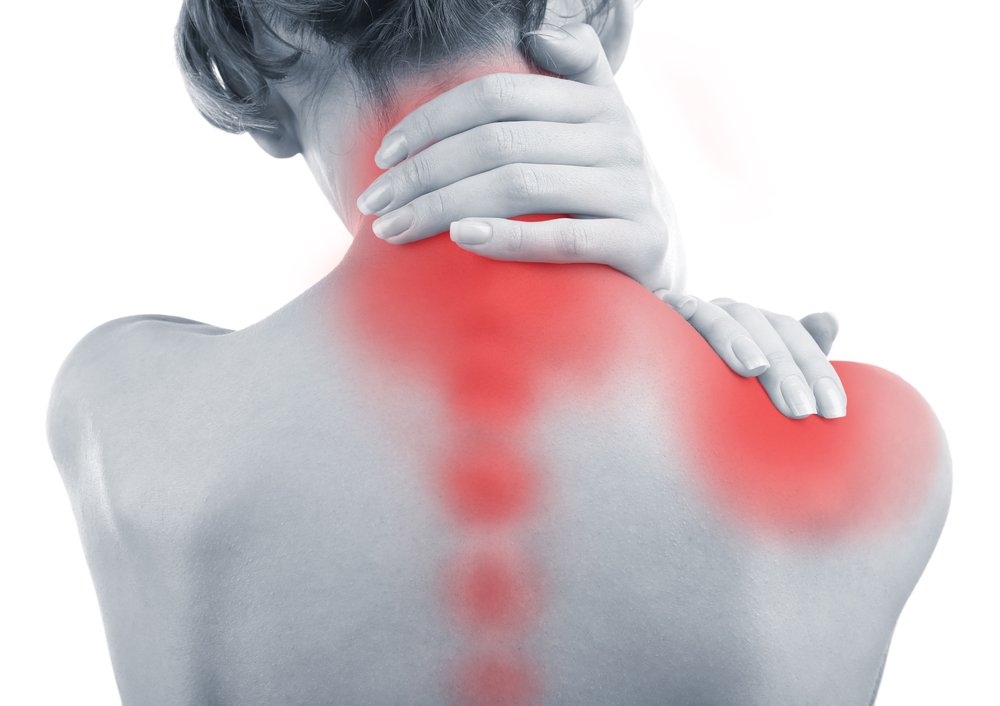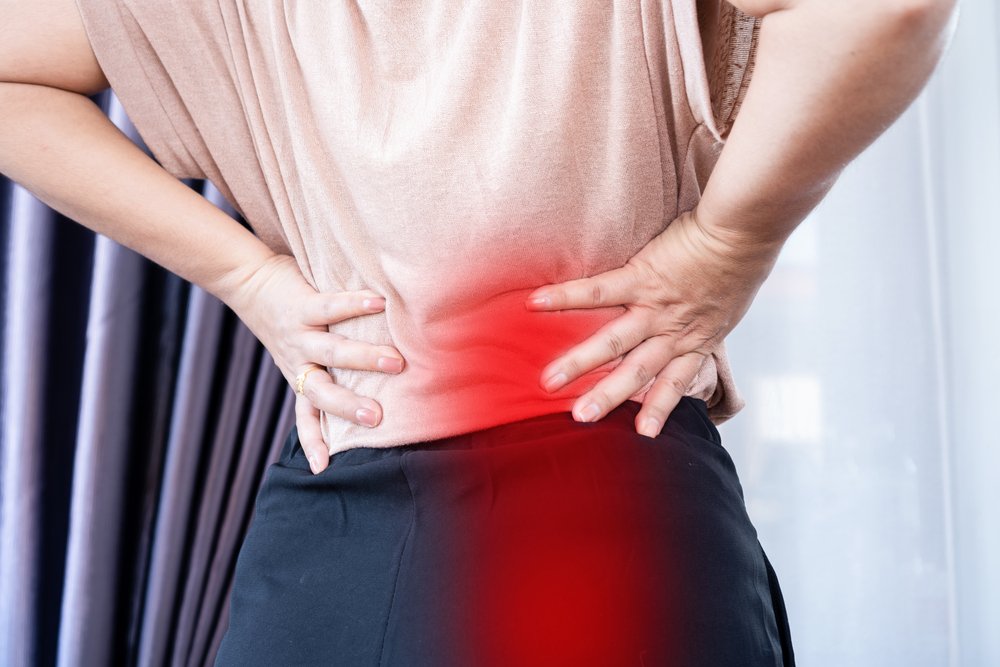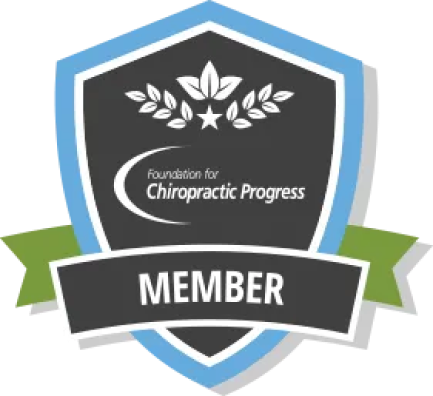Prevent Back Pain on Long Trips
Summer is a prime time for travel, whether a road trip or a flight to your dream vacation destination. However, for many travelers, long trips can bring about back pain, particularly between the shoulder blades and the lower back. Understanding how to prevent and manage back pain during travel is essential to ensure a comfortable journey. If you want to stay away from pain and enjoy your travels to the maximum this summer, keep reading for insights and tips to help you avoid back pain and enjoy your summer adventures pain-free.
Alleviate & Prevent Back Pain Between Shoulder Blades: Essential Tips for Travelers
Back pain between the shoulder blades, known as thoracic back pain, is common among travelers. This type of pain can be caused by muscle strain, poor posture, or even a pinched nerve. Recognizing the symptoms and taking proactive measures can make a significant difference in your comfort during long trips.
Upper Back Pain Between Shoulder Blades During Long Trips
Maintaining good posture is crucial to alleviating pain between the shoulder blades. Keep your back straight and shoulders relaxed, and consider using a lumbar support cushion. Stretching regularly, mainly focusing on the upper back, can help keep muscles loose and reduce strain. Engaging in light physical activity, such as walking during breaks, can also prevent stiffness and pain. If discomfort continues, applying ice or heat to the affected area can provide relief.
Tips to Prevent Back Pain Between Shoulder Blades While Traveling
-
Maintain Proper Posture: Sitting upright in your seat with your feet flat on the floor and your back against the seatback can reduce strain on your spine.
-
Use Lumbar Support: Use a lumbar support pillow or a rolled-up towel to maintain the natural curve of your lower back.
-
Take Frequent Breaks: During long trips, take regular breaks to stretch your legs and move around. This can help prevent stiffness and alleviate pressure on your spine.
-
Stretch Before Traveling: Incorporating gentle stretches into your routine can help loosen tight muscles and improve flexibility, reducing the risk of developing pain during travel.
-
Stay Hydrated: Proper hydration is crucial for spinal health. Drink plenty of water to maintain soft tissue elasticity and prevent muscle cramps.
-
Carry Light Luggage: Overpacking can lead to muscle strain and back pain. Pack only the essentials and distribute weight evenly in your bags.
-
Consider Using a Back Brace: A back brace can provide additional support for your spine and help maintain proper posture.
-
Use a Neck Pillow: Neck pillows can help support your neck and head, reducing strain on your upper back muscles.
Treating Back Pain Between Shoulder Blades
-
Hot or Cold Therapy: Alternating hot and cold therapy can help alleviate pain and muscle spasms.
-
Massage Therapy: A massage can help relieve muscle tension and promote relaxation.
-
Physical Therapy: A physical therapist can design a customized exercise program to strengthen your upper back muscles and improve posture.
-
Chiropractic Care: Our highly skilled team of certified Chicago Chiropractors will align your spine and relieve pressure on the nerves causing your pain.
By being aware of the symptoms and taking proactive steps, you can prevent and alleviate back pain between your shoulder blades during your travels. Stay comfortable and enjoy your trip without unnecessary discomfort!
Symptoms of Back Pain Between Shoulder Blades – Dull aching pain that worsens with specific movements, sharp, stabbing pain that can radiate to the chest, muscle tightness or spasms in the upper back, and pain that worsens with poor posture or prolonged sitting are common signs of thoracic back pain.
Are You Experiencing Shoulder Blade Pain?
See More Information: Shoulder Blade Pain Treatment Services in Chicago
Finding Relief from Shoulder Blade Pain While on the Go
If you experience shoulder blade pain while traveling, it’s essential to address it promptly. Stretching exercises, such as shoulder rolls and gentle twists, can help relieve tension. Using a travel pillow that supports the neck and upper back can also reduce strain. For persistent pain, consider consulting a physical therapist who can provide personalized exercises and treatments.
Recognizing Symptoms of Pinched Nerve in Shoulder During Long Trips
A pinched nerve in the shoulder can cause significant discomfort during travel. Symptoms include sharp, shooting pain, numbness or tingling in the arm, and weakness in the shoulder or arm. If you experience these symptoms, adjusting your position frequently and avoiding prolonged pressure on the affected area can help alleviate the pain.
Managing a Pinched Nerve in Shoulder for a More Comfortable Traveling Experience
To manage a pinched nerve, it’s essential to maintain good posture and avoid activities that exacerbate the pain. Gentle stretching and exercises that target the shoulder and neck can help relieve pressure on the nerve. Applying ice to the affected area can reduce inflammation and numb the pain.
Identifying Thoracic Back Pain: Common Symptoms for Travelers
- Travelers often experience thoracic back pain, characterized by a range of symptoms, including:
- Dull, persistent aches between the shoulder blades that intensify during certain movements.
- Sharp, stabbing pains in the upper back that can spread to the chest area.
- Tightness or spasms in the muscles of the upper back.
- Back Pain Pain that worsens when maintaining poor posture or sitting for extended periods.
Recognizing these symptoms can be the first step in effectively managing and mitigating thoracic back pain while traveling.
Back Pain Prevention Strategies for Frequent Travelers
Frequent travelers should incorporate regular exercises to strengthen the core muscles and improve posture. A strong core supports the spine and reduces the risk of back pain. Additionally, practicing mindfulness techniques like deep breathing can help manage stress, which often contributes to muscle tension and discomfort.
Pain in Lower Back When Bending Over: The Key to Prevent & Relieve Lower Back Pain
Lower back pain when bending over is another common issue for travelers. This pain can be caused by muscle strain, poor posture, or more severe conditions like a herniated disc or compression fractures. Understanding the causes and prevention strategies is critical to avoiding this discomfort.
Conquer Lower Back Pain When Bending: Prevention and Relief
Lower back pain upon bending can disrupt your travels, but with the right knowledge and approach, you can minimize its impact. Here is some common causes and effective preventive measures:
Causes of Lower Back Pain When Bending – (Prevention & Relief)
- Muscle Strain: Overstretching or tearing muscles can lead to pain and discomfort.
- Poor Posture: Slouching or hunching over can place undue stress on your lower back.
- Herniated Disc: The rupture of the soft, gelatinous center of a spinal disc, causing irritation of nearby nerves.
- Compression Fractures: Small cracks in the vertebrae due to osteoporosis or injury can cause pain upon bending.
Coping with Sudden Sharp Pain in Lower Back When Bending Over While Traveling on the Road
Sudden sharp pain in the lower back when bending over can be alarming. To cope with this pain, avoid sudden movements and practice slow, controlled motions. Gentle stretching and strengthening exercises for the lower back can also help reduce pain and prevent future episodes. If the pain persists, applying ice or heat to the affected area can provide temporary relief.
Advice for Travelers with Back Pain & Discomfort
Travelers who experience neck & back pain when bending forward should focus on maintaining good posture and engaging in regular physical activity. Strengthening the core muscles can provide better support for the spine and reduce the risk of back pain. Additionally, using ergonomic travel gear, such as backpacks with proper support, can help distribute weight evenly and minimize strain on the back.
Back Pain Advice for Comfortable Summer Travels
Strategies to prevent and manage back pain when bending over during travel:
- Maintain good posture
- Strengthen the core muscles
- Avoid prolonged sitting
- Stretch regularly and take breaks to move around
Overcoming Lower Back Pain When Bending Over During Your Summer Adventures
To overcome lower back pain during travel, consider incorporating exercises that target the lower back and core into your routine. Stretching the hamstrings and hip flexors can also help alleviate tension in the lower back. If the pain persists, consulting a physical therapist for personalized treatment and advice can be beneficial.
Protect Your Lower Spine: Addressing Pain in Lower Spine When Bending Over
Pain in the lower spine when bending over can be caused by various factors, including muscle strain, poor posture, and conditions like ankylosing spondylitis. Protecting your lower spine involves maintaining good posture, engaging in regular physical activity, and avoiding activities that put excessive strain on the back.
Identifying Medical Emergencies: When to Seek Chiropractic Care
While most back pain during travel can be managed with self-care strategies, it’s important to recognize when the pain may indicate a more serious issue. Symptoms such as severe, unrelenting pain, pain that radiates down the legs, or symptoms of a heart attack (such as chest pain, shortness of breath, and dizziness) – require immediate medical attention. Compression fractures, herniated discs, and severe muscle strains may also need professional evaluation and treatment.
How Advanced Spine & Sports Care Chicago Chiropractors Can Help
At Advanced Spine & Sports Care, our chiropractic specialists are dedicated to helping you achieve a pain-free and enjoyable travel experience. Our team can provide personalized treatment plans that include:
- Chicago Chiropractic Adjustments: To realign the spine and reduce pain caused by misalignment.
- ASSC Physical Therapy: Physiotherapy (Physical Therapy) : To prevent relapse and enjoy overall wellness, one must strengthen the muscles around the proper structure to ensure complete health and recovery. At Advanced Spine & Sports Care, we dedicate a whole treatment phase to maintaining proper osseous architecture to help improve function and reduce the need for future care.
- Corrective Exercise: Personalized exercises to strengthen the core muscles and improve posture.
- Pain Management Techniques: Including the use of ice, heat, and other therapies to relieve pain and reduce inflammation.
- Back Pain Preventive Advice: On how to avoid back pain, including posture tips and ergonomic recommendations.
Our goal is to help you manage and prevent back pain, ensuring that you can enjoy your summer travels to the fullest. If you’re experiencing back pain or want to take preventive measures before your trip, schedule a consultation with us today.
Enjoy Your Summer Travel Pain-Free
Traveling should always be an exciting and fun experience, free from the agonizing discomfort of back pain. By understanding the common causes of back pain during travel and implementing prevention strategies, you can reduce the risk of experiencing pain and enjoy your summer adventures to the fullest. Remember to maintain good posture, engage in regular physical activity, and use ergonomic travel gear to support your back. If you experience persistent or severe pain, schedule a consultation with Advanced Spine & Sports Care for personalized treatment and advice.
Last Updated on January 22, 2025 by Chiropractor Dr. Jason Ingham DC, CCSP












